Good creep resistance and high-lasting mechanical strength of SRTP pipe
Because plastic will creep under average temperature and stress, and brittle fracture will occur under higher permanent stress, so the allowable stress and pressure-bearing capacity of pure plastic pipes are very low (generally within 1.0Mpa). The mechanical strength of steel is about 10 times that of thermoplastics, and it is very stable and does not creep within the temperature range of plastics. After the mesh wire skeleton is compounded with the plastic, the steel mesh skeleton can effectively restrain the creep of the plastic and significantly improve the lasting strength of the plastic itself. Therefore, the allowable stress of Steel wire-reinforced thermoplastic (PE) pipe is doubled compared to plastic pipe.
Good temperature resistance of SRTP pipe
The strength of plastic pipes generally decreases with the increase of temperature within the range of their use temperature, and the strength reduces by more than 10% for every 10 °C increase in temperature. Since about 2/3 of the strength of Steel wire reinforced thermoplastic (PE) pipe is borne by the steel mesh skeleton, its strength decreases with the increase of use temperature than any kind of pure plastic pipe. The experimental results show that the strength of Steel wire-reinforced thermoplastic (PE) pipe decreases by less than 5% for every 10℃ increase.
Rigidity, good impact resistance, good dimensional stability, and moderate flexibility, combining rigidity and flexibility of SRTP pipe
The elastic modulus of steel is usually about 200 times that of high-density polyethylene. Due to the reinforcement of the steel mesh skeleton, the rigidity, impact resistance, and dimensional stability of Steel wire-reinforced thermoplastic (PE) pipe are better than anyone. Pure plastic tubing. At the same time, because the mesh steel skeleton itself is a flexible structure, the composite pipe also has certain flexibility in the axial direction. Therefore, the pipe has the characteristics of a rigid and flexible combination and has an excellent performance in the adaptability of loading and unloading, transportation, installation, and operation reliability. Above-ground installation can save the number of supports and low cost; underground installation can effectively withstand sudden shock loads caused by settlement, slip, vehicles, etc. Small-diameter pipes can be properly bent and arranged in undulating terrain or serpentine, saving pipe fittings.
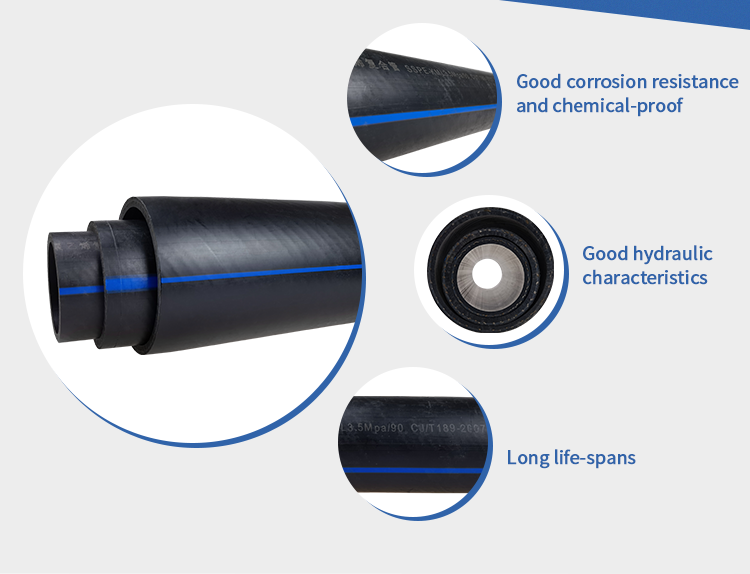
Small thermal expansion coefficient of SRTP pipe
Since the linear expansion coefficient of steel wire for plastic pipe is 10.6~12.2×10-6 (1/℃), and the linear expansion coefficient of pure plastic pipe is 170×10-6 (1/℃), Steel wire reinforced thermoplastic (PE) pipe is in mesh Under the constraint of the steel frame, the thermal expansion of the composite pipe is greatly improved, which is lower than that of any commonly used plastic pipe. Through the test, the linear expansion coefficient of Steel wire reinforced thermoplastic (PE) pipe is 35.4~35.9×10-6 (1/℃ ), which is only 3 to 3.4 times that of ordinary carbon steel pipes. The experimental results show that the thermal compensation device is generally not required for buried installation, and the pipe material can be absorbed (or released) by laying in a meandering shape, thereby reducing the installation cost.
Rapid cracking will not occur of SRTP pipe
Under the action of persistent hoop stress at low temperatures, pure plastic pipes, especially large-diameter pure plastic pipes, are prone to rapid cracking caused by local defects and stress concentration (hundreds of meters to more than kilometers in an instant). The rapid cracking resistance of plastics puts forward high requirements, while low-carbon steel does not have the problem of brittle fracture. The existence of steel mesh prevents the deformation and stress of plastics from reaching the critical point for rapid cracking. Therefore, in theory, there is no rapid cracking of Steel wire-reinforced thermoplastic (PE) pipe.
The composite of steel and plastic is uniform and reliable of SRTP pipe
At present, the steel-plastic composite pipe on the market is a continuous and regular interface because the composite surface between steel and plastic is easy to be delaminated under the action of alternating stress for a long time, resulting in leakage at the joint, internal bottleneck-like shrinkage, and blockage and failure. . Compared with it, Steel wire reinforced thermoplastic (PE) pipe is a mesh structure through a special hot melt adhesive (modified HDPE) that makes the plastic and steel mesh tightly combined and integrated. The mutual binding force of the two materials is large and uniform, and the stress concentration is small.
Double-sided anti-corrosion of SRTP pipe
The steel mesh skeleton is compounded in plastic through a special hot-melt adhesive layer. The inner and outer surfaces of the pipe have the same anti-corrosion performance, wear resistance, smooth inner wall, small transportation resistance, no scaling, no waxing, and obvious energy-saving effect. It is used for buried transportation and is More economical and convenient in corrosive environments.
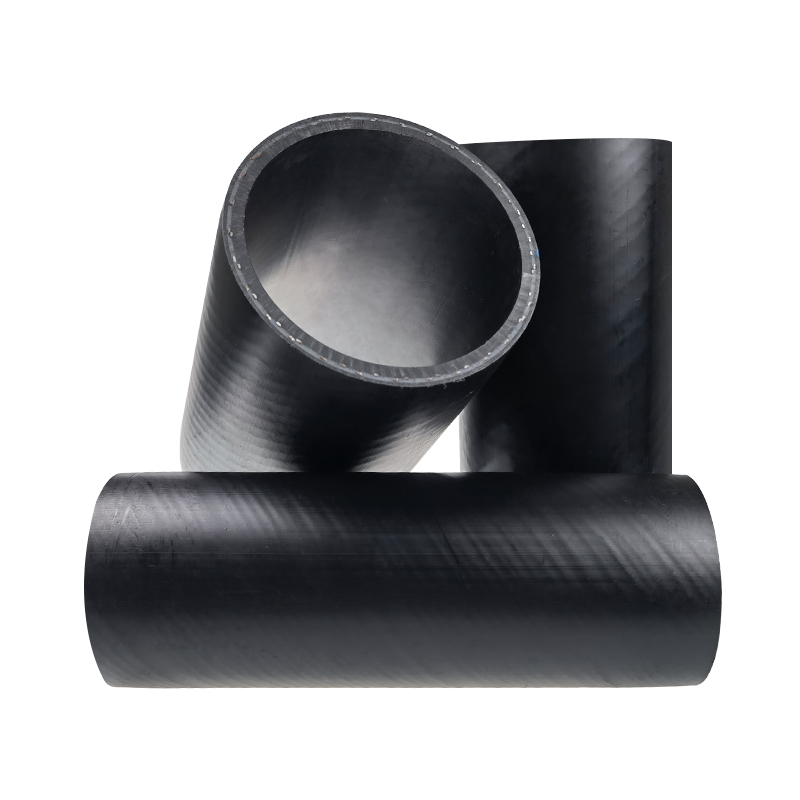
Good self-traceability of SRTP pipe
Due to the existence of the steel mesh skeleton, the Steel wire-reinforced thermoplastic (PE) pipe buried underground can be located by the usual magnetic detection method to avoid damage caused by other excavation works. And this kind of damage is the most damage to pure plastic pipes and other non-metallic pipes.
The adjustment of product structure and performance is convenient and flexible of SRTP pipe
The structure and performance of the product can be adjusted by changing the wire diameter, mesh spacing, plastic layer thickness, plastic, and type to meet different pressure, temperature, and anti-corrosion requirements.
Special electrofusion joints, of various varieties, are very fast and reliable in installation of SRTP pipe
The connection of Steel wire reinforced thermoplastic (PE) pipe adopts electrothermal fusion connection and flange connection. The electrothermal fusion connection is to insert the composite pipe into the electrothermal fusion pipe fitting and energizes the electric heating wire embedded in the inner surface of the pipe fitting to make it generate heat. First, the inner surface of the pipe is melted to generate a melt, the melt expands and fills the gap between the pipe and the pipe until the outer surface of the pipe also produces a melt, and the two melts are melted together. After cooling and forming, the pipe and the pipe are tightly connected as a whole.


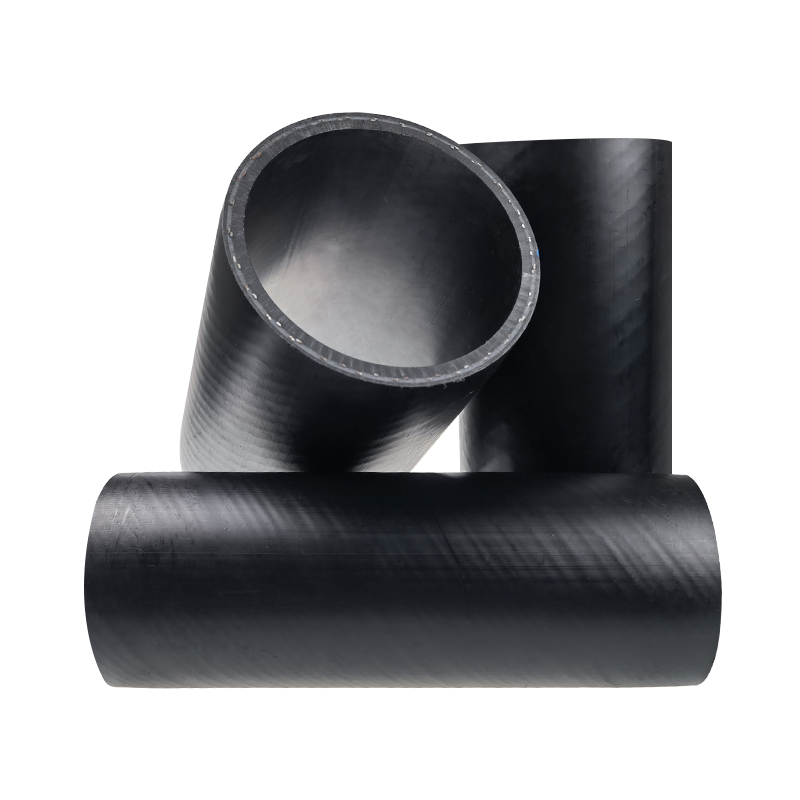
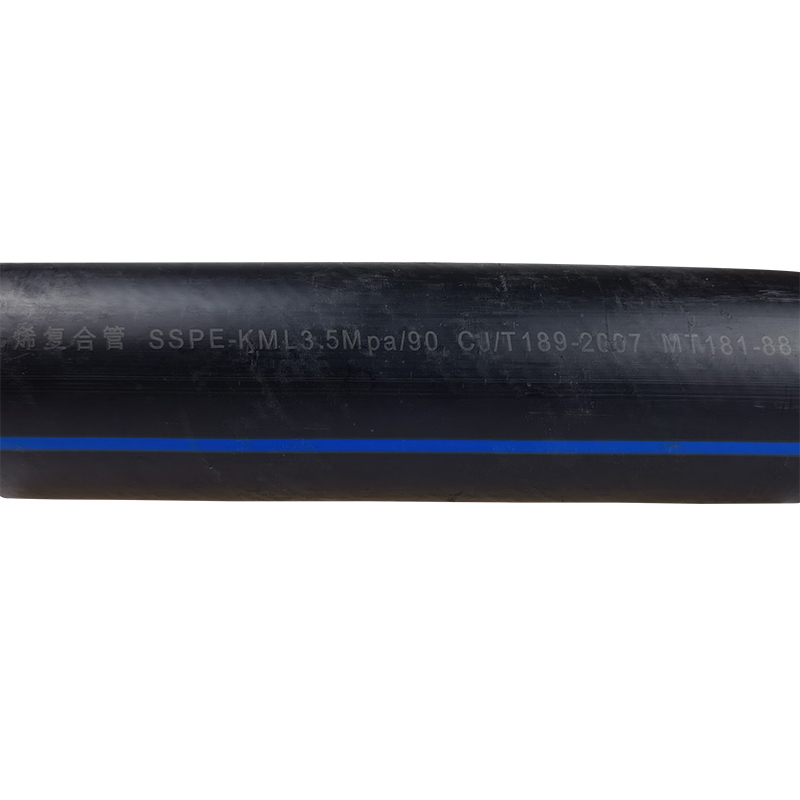
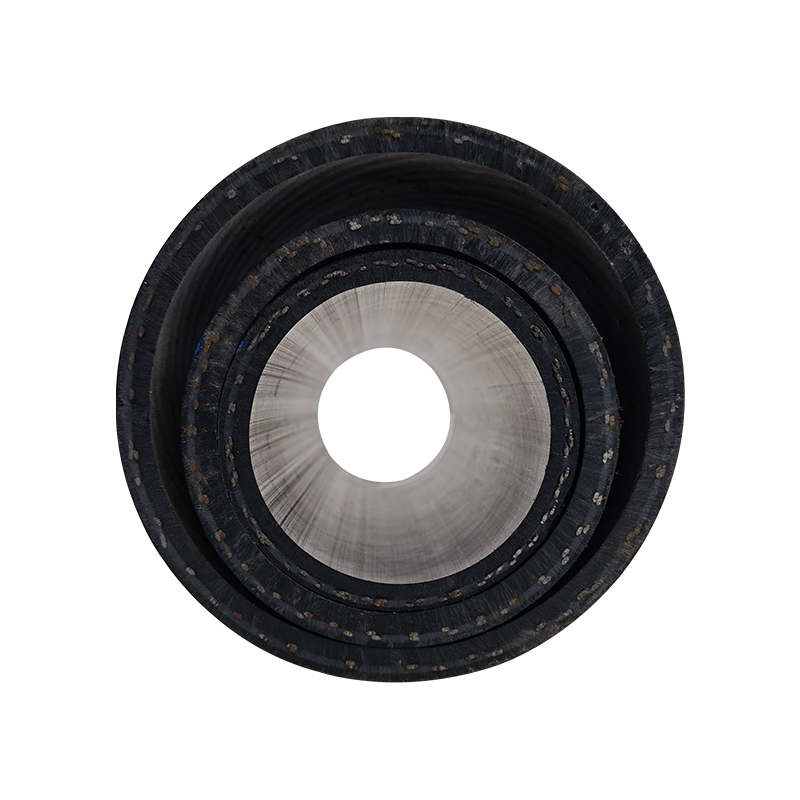
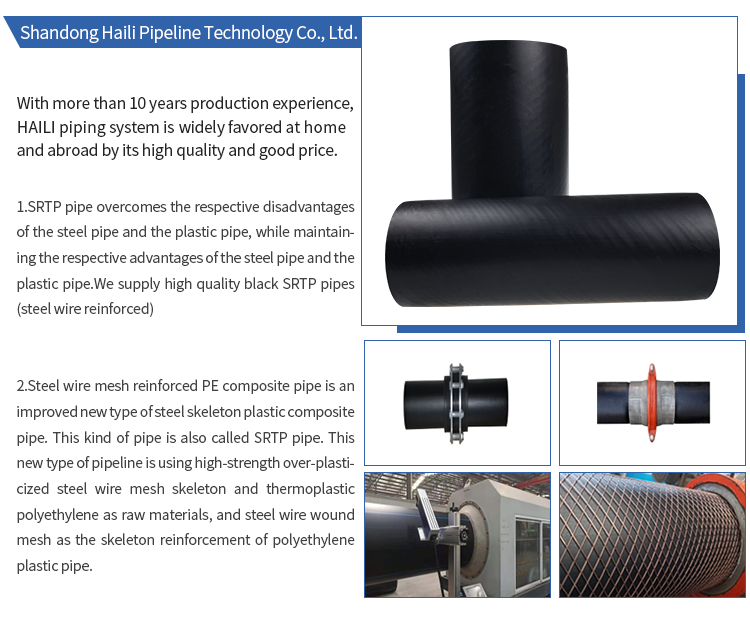
476.webp)
420.webp)
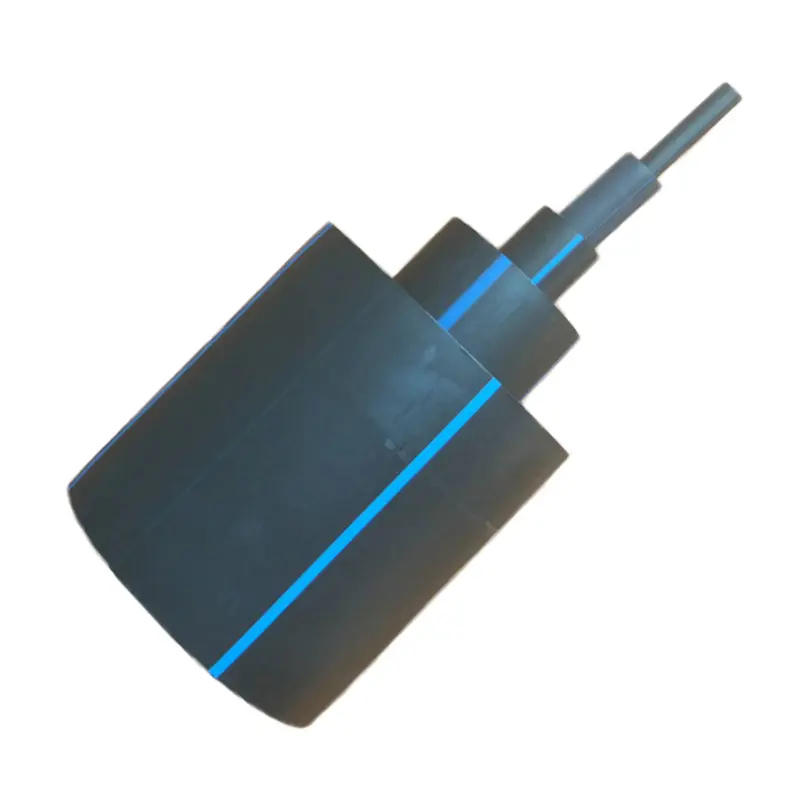
720.webp)

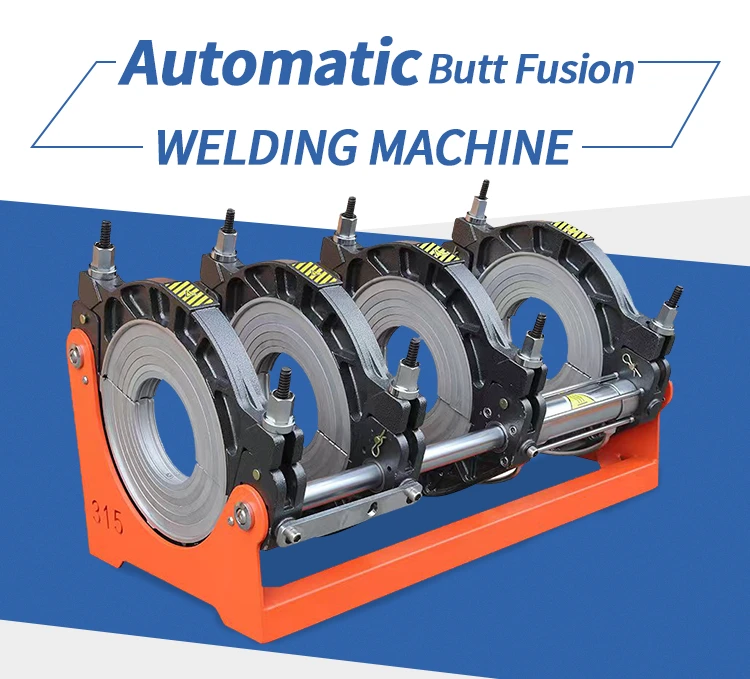

294.webp)
146.webp)


